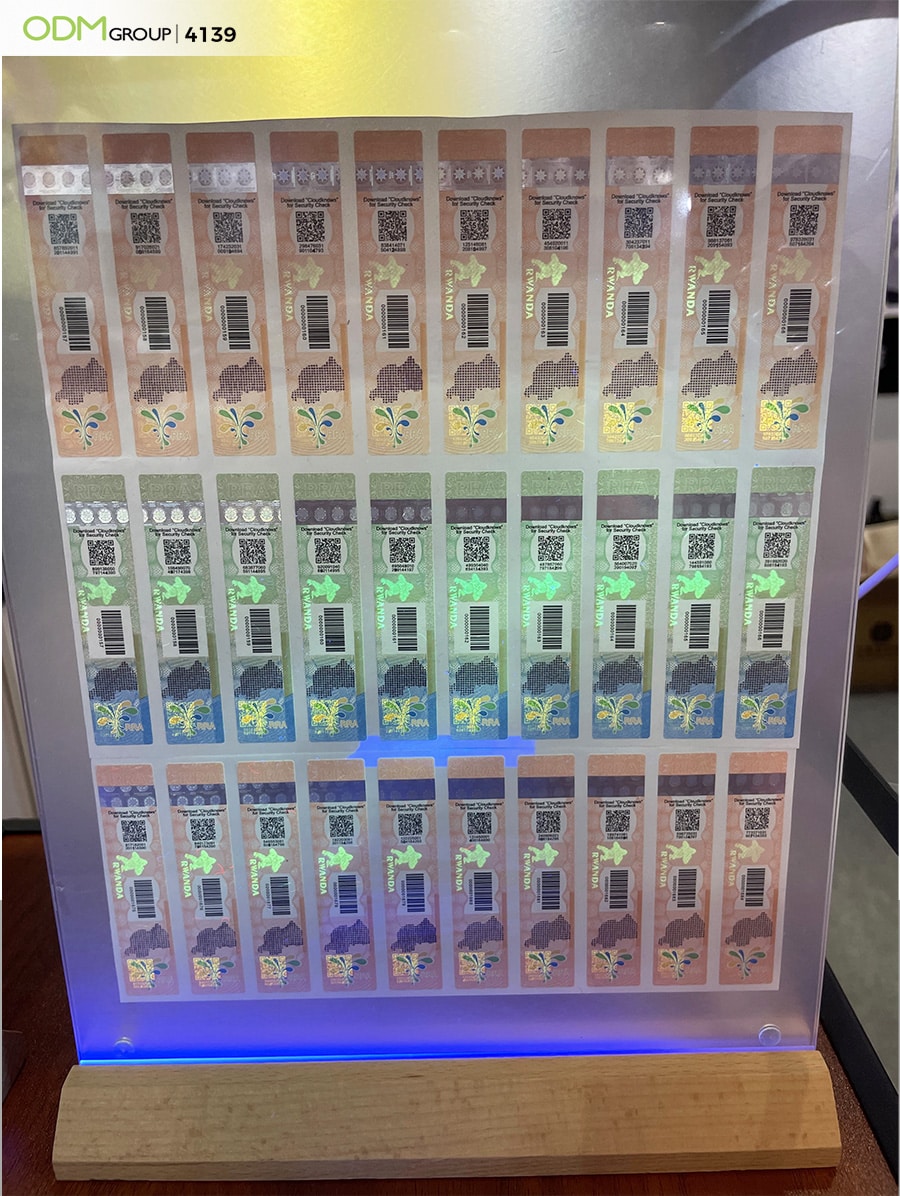
Branding Revolution: Holographic Logos Engage Consumers in Immersive ExperiencesBranding Revolution: Holographic Logos Engage Consumers in Immersive Experiences In today’s hyper-connected digital landscape, brands are constantly seeking innovative ways to capture consumer attention and create memorable experiences. Holographic logos have emerged as a game-changing solution that immerses consumers in an interactive and captivating digital world. The Power of 3D Holography Holographic logos utilize advanced 3D projection technology to display dynamic and lifelike representations of brand symbols. These logos not only enhance brand visibility but also create a visceral connection with consumers, leaving a lasting impression. Unlike traditional 2D logos, holograms offer depth, movement, and interactive capabilities that conventional branding techniques cannot match. Immersive Consumer Engagement By incorporating holographic logos into their marketing and communications, brands can engage consumers in unforgettable experiences. From captivating in-store displays to interactive mobile applications, holographic logos allow consumers to interact with the brand on a deeper level. Consumers can manipulate the logo, view it from different angles, and even activate animated sequences, creating a sense of ownership and participation. Enhanced Brand Perception Beyond their immersive nature, holographic logos also enhance consumers’ perceptions of the brand. The combination of motion, depth, and interactivity conveys a sense of innovation, creativity, and technological prowess. Holographic logos communicate that the brand is forward-thinking, embracing cutting-edge technology to connect with its audience in a unique and memorable way. Interactive Marketing Campaigns Holographic logos are not just limited to static displays; they can also be incorporated into interactive marketing campaigns that drive engagement and generate leads. By creating AR (augmented reality) experiences linked to the holographic logo, consumers can access exclusive content, participate in games, and receive personalized offers. This seamless integration of digital and physical worlds further enhances brand awareness and customer satisfaction. Case Studies of Holographic Logos in Action Several brands have successfully harnessed the power of holographic logos to transform their branding strategies: * Intel: The technology giant unveiled a futuristic holographic logo that showcased its advancements in artificial intelligence and immersive computing. * Jaguar Land Rover: Automobile manufacturer Jaguar Land Rover created an interactive holographic logo that allowed visitors to explore the company’s history and vehicle lineup in a captivating and interactive way. * Coca-Cola: The beverage giant launched a holographic logo campaign that invited consumers to interact with a virtual dispenser and unlock exclusive rewards. Conclusion The rise of holographic logos represents a revolution in branding, offering brands unprecedented opportunities to engage consumers in immersive and unforgettable experiences. By embracing the power of 3D technology, brands can differentiate themselves from competitors, enhance brand perception, and drive customer loyalty in an increasingly competitive digital landscape. As holographic logos continue to evolve, we can expect even more innovative and captivating applications that will reshape the future of brand communication.
Posted inNews